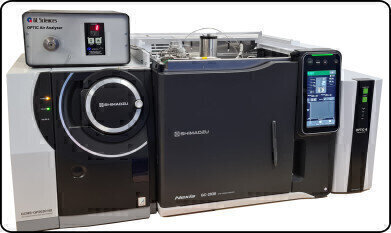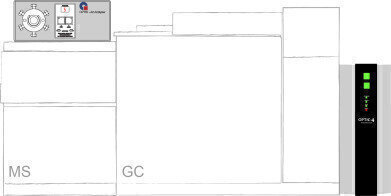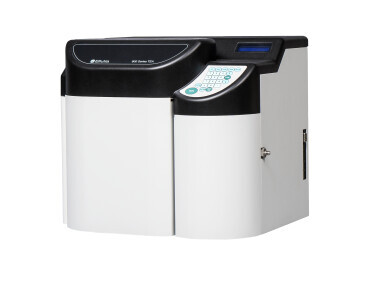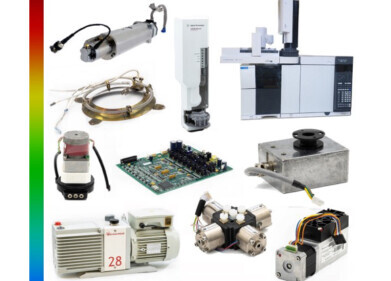Chromatography
GC-MS Air Analyser for the Determination of very low Concentrations of VOCs in Indoor and Ambient Air, Approaching method TO-17
Aug 05 2021
GL Sciences B.V. and ChromaVision are introducing an instrument for the automated, in situ, determination of airborne volatile organic compounds (VOCs) using the OPTIC-4 Multimode Inlet for gas chromatography. A sorbent tube placed as an injection port liner can be repeatedly used to collect samples of air, with the trapped analytes being subsequently desorbed onto a capillary gas chromatography (GC) column without the use of intermediate cryogenic refocusing. The system does not need any liquid nitrogen or CO2, there is no need for adsorption/desorption tubes. It is possible to set a continues run so that for on-line analysis the system can run 24 – 7.
Operation:
Using a multi positioning valve, the system can select between standards or taking sample directly from the outside via, e.g., a probe on the roof of a mobile lab. Sampling is done during a fixed time with a constant flow controlled with a mass flow controller. Once the sampling period is finished, the carrier gas flow via the injector port is re-established. Following this, the injection port is heated to desorb the analytes from the injection port liner for transfer to the GC capillary column. In parallel with heating the injection port liner, the GC–MS analysis is started.
Application:
A home-made mixture of 63 compounds (comparable to the TO-17 mixture) is used for evaluation of the Air Analyser. Via a smart valving system, sample is loaded from bottom-to-top on the OPTIC Air Liner, being located inside the injection port at a temperature of 25°C The injection port is cooled with compressed air. Sampling is done during three minutes at 75 ml/min (total sample volume = 225 ml). After sampling, the carrier gas is re-routed through the injection port from top-to-bottom. Following this, the injection port is heated to 270°C, desorbing the trapped compounds to the capillary column using spitless transfer. The resulting chromatogram starts with n-Propane and ends with Naphthalene. Since the sample trap is in the injection port, no additional cryogenic focusing is required at the head of the capillary column.
For more information please click here.
Digital Edition
Lab Asia 31.2 April 2024
April 2024
In This Edition Chromatography Articles - Approaches to troubleshooting an SPE method for the analysis of oligonucleotides (pt i) - High-precision liquid flow processes demand full fluidic c...
View all digital editions
Events
Apr 28 2024 Montreal, Quebec, Canada
May 05 2024 Seville, Spain
InformEx Zone at CPhl North America
May 07 2024 Pennsylvania, PA, USA
May 14 2024 Oklahoma City, OK, USA
May 15 2024 Birmingham, UK




















